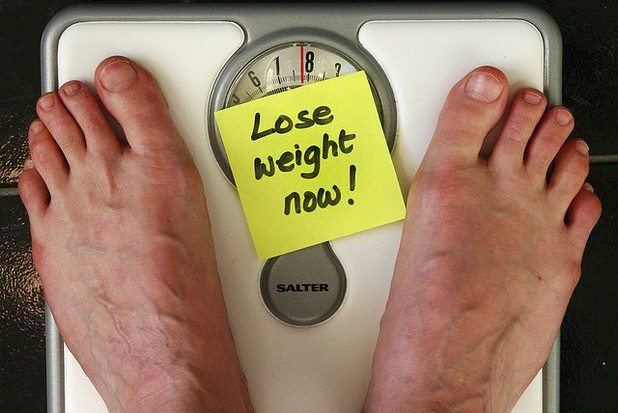- Story Highlights
-
- A $20 Reward Helps People Lose Weight: People rewarded with $20 for meeting a 4 pound monthly weight loss goal were far more likely to lose significant amounts of weight than people given no such incentives.
- Financial Incentives and Rewards Increase Compliance: Even subjects who repeatedly failed to achieve their goals, and so had to pay a penalty each month, were more likely to stick with the program than subjects from the no-reward group.
Financial Incentives and Penalties Can Help People Stick with a Weight Loss Program and Lose More
Obese people rewarded with $20 for losing 4 pounds in a month were far more likely to lose significant weight than people given no such cash incentives.
It is incredible how a small cash incentive can help people achieve a goal they’d happily pay far more to achieve.
Reinforcement techniques are an effective, if controversial, technique known to increase the success of addiction treatment programs – for example, by rewarding the passing of drug tests with movie vouchers or restaurant gift certificates.
Well it turns out the same principle holds true for people enrolled in weight loss programs – in a study at the Mayo Clinic, participants who got a $20 reward for meeting weight loss targets each month were far more likely to lose weight than people who received no such incentives.
The Study
A group of obese Mayo Clinic employees agreed to participate in a 1 year weight loss program study.
Half of the participants were told they’d get a $20 reward for each month they achieved a 4 pound weight loss (up to a target weight) but they’d have to pay a $20 penalty for each month they failed to lose at least 4 pounds.
The other half of the participants received no financial rewards or penalties.
The Results
62% of participants in the financial reward group achieved their target weight, compared to just 26% of those in the no-reward group.
Participants in the financial reward group lost an average of 9.08 pounds compared to just 2.34 pounds lost by those in the no-reward group.
Participants in the incentive group were more likely to continue on with the program. Surprisingly, even participants who paid the $20 failure penalty each month were more likely to stay enrolled than people in the no incentive group.
Commentary
Lead study author Steven Driver, M.D. commented on the significance of the findings, saying, "The take-home message is that sustained weight loss can be achieved by financial incentives. The financial incentives can improve results, and improve compliance and adherence."


